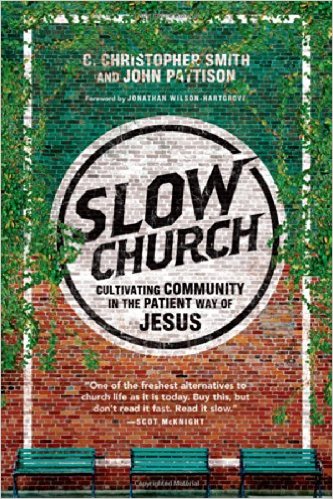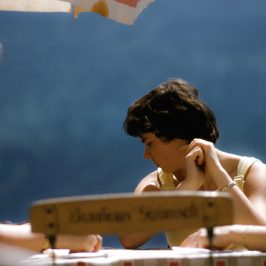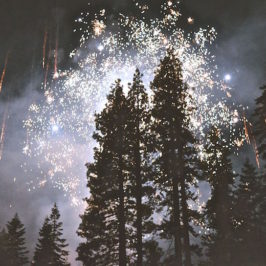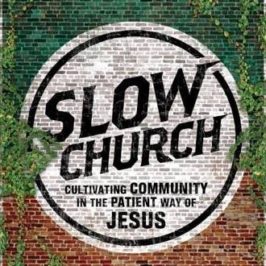A couple years ago, I read an interesting article over at The Atlantic Cities called the “The Lifecycle of a ‘Cool’ Neighborhood.” The sociologist and historian Richard Greenwald writes in the article that “Declaring the death of hip neighborhoods seems to be an endless right of passage in Gotham.”
It comes with the territory of knowing and labeling – articulating really – what matters in a rootless city. Neighborhoods come and go – and I mean that in the Brooksian Bo-Bo way.
During the 20th century it was Greenwich Village, Harlem, SoHo, Tribeca, the Lower East Side, and then Brooklyn. At first these neighborhoods are whispered about among those in the know. Within a short time the New York Times Real Estate section profiles them – and then the slide begins. These places are declared dead by those who have already moved on or those who have selected their neighborhood as the new, next paradise. You would need a sophisticated algorithm just to keep up. But it is great sport for certain New Yorkers.
What is almost always missing from these declarations is the simple understanding that people – ordinary, working-class people – have and will continue to live in these areas as their neighborhoods are changed.
I posted a link to the article on my Facebook page and expected to move on. But I kept thinking about it. Though I don’t live in a “cool” urban neighborhood anymore (my wife and I did live in two close-in Portland neighborhoods for several years), the rural community we now call home was literally voted one of the “Top 10 Coolest Small Towns in America” a few years back. And, unlike many rural communities, ours is growing in population thanks in part to an influx of young people.
 But Greenwald’s article is a reminder (a) that neighborhoods have life cycles, (b) that my little town may not always be considered cool, (c) that trendy is not the same thing as flourishing, and (d) that if my family and I are going to make a commitment to this place it needs to be for better or for worse, through thick and thin.
But Greenwald’s article is a reminder (a) that neighborhoods have life cycles, (b) that my little town may not always be considered cool, (c) that trendy is not the same thing as flourishing, and (d) that if my family and I are going to make a commitment to this place it needs to be for better or for worse, through thick and thin.
One of my heroes, the writer Wallace Stegner, liked to distinguish between two archetypes of the American West: the “boomer” and the “sticker.” From gold strikes to flipping houses, boomers live in perpetual motion, always looking for Easy Street or the next big killing. Meanwhile, stickers quietly go about the business of staying put, rooting themselves in a place and a community for the long haul. The mythology of the American West – not to mention our NFL mascots – tends to glorify the boomers (cowboys, ’49ers, etc.) and overlook the stickers.
I’ve come to recognize even in my own life the boomer’s desire to pull up stakes and light out for new territory, a biannual urge so predictable and powerful that fighting it is like working against muscle memory. But, thanks in part to folks like the Parish Collective, my Slow Church co-author Chris, my wife Kate, writers like Wallace Stegner, and friends that I’ve met through the Slow Church project, I spend a little less time gazing at the horizon and a little more time paying attention to where I am now. Ghost towns, cattle trails, and abandoned mines have become less interesting to me than living communities held together by the affection and bonds of mutual support that can only develop in proximity and over time.
Editor’s Note: I write a version of this post a while back. I brought it out of mothballs and updated it because today is Wallace Stegner’s birthday.








Leave a Reply